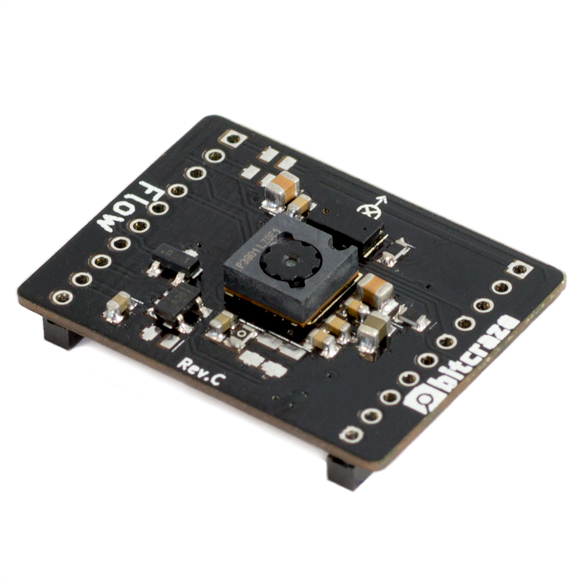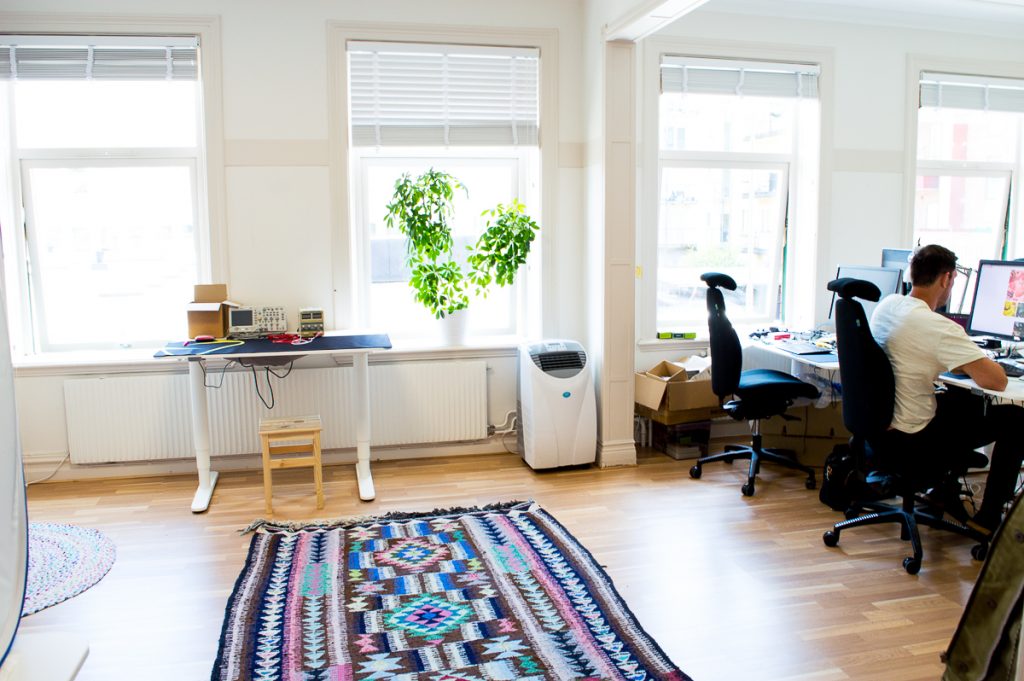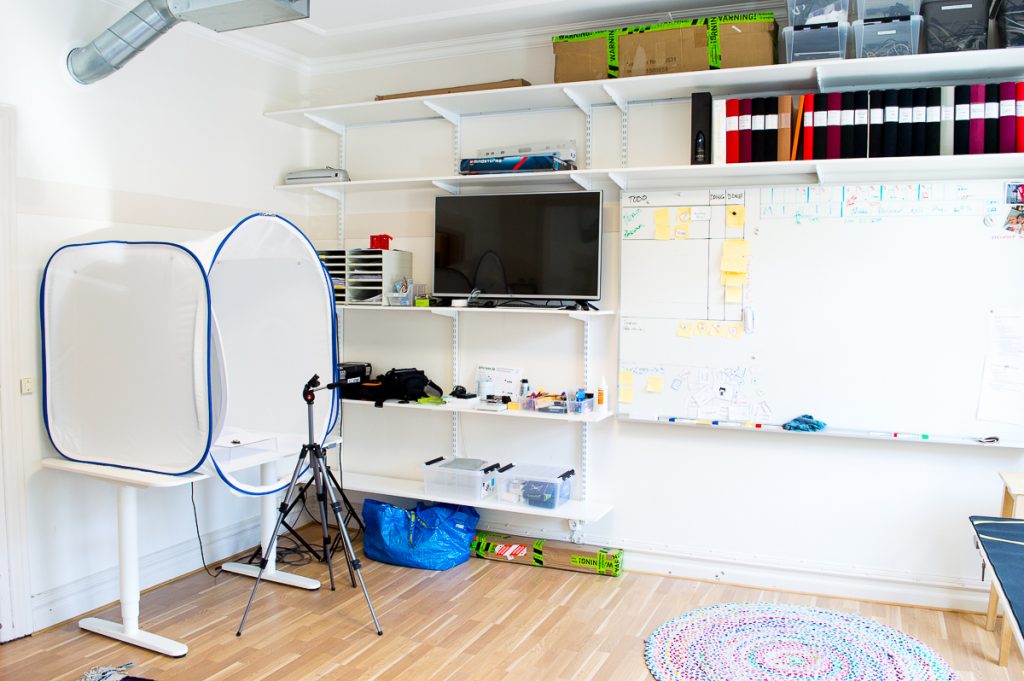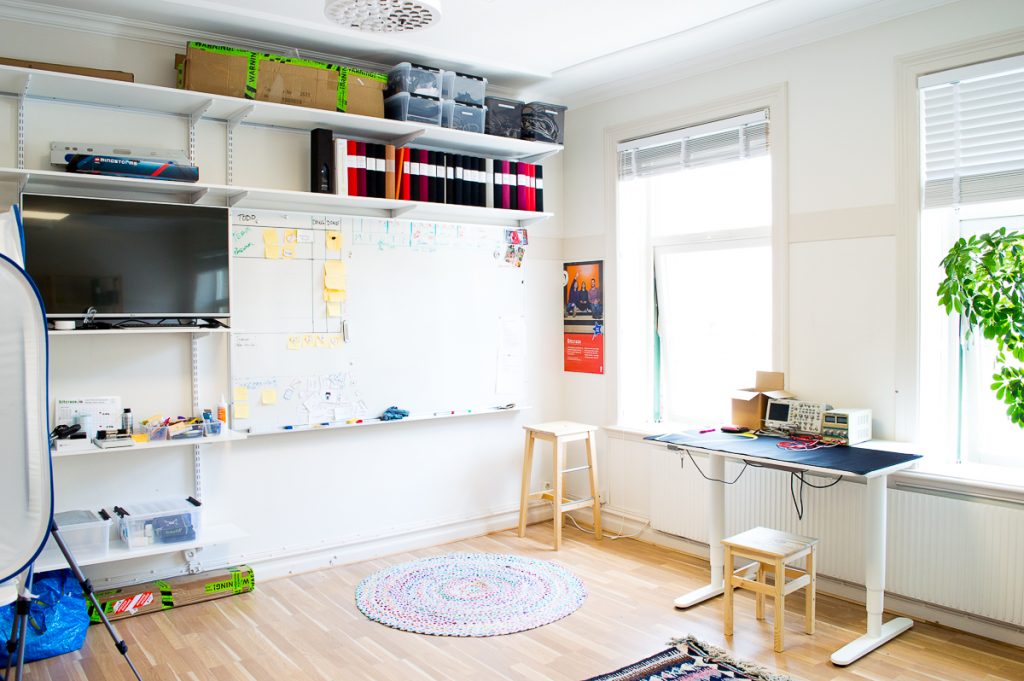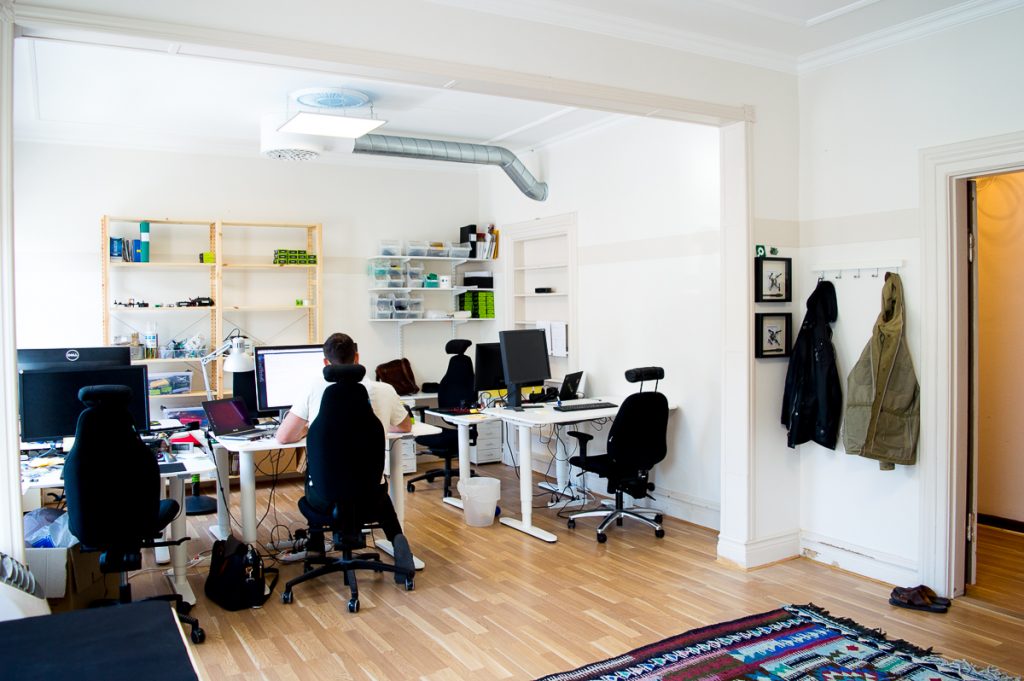It is summer again in Sweden and things are now starting to slow down and people are going to vacation. The last couple of years we have used the summer to look back and clean-up the technical dept accumulated during the year: when trying to get things done we have to prioritize which means that some things have to be left on the side (at least until we invent a way to add more hours to each day). This year is no exception, the last couple of weeks we have been working very hard to get the Flow products out and now the production is hopefully on rails so the cleanup can begin.
There is a lot of things we could do but here is a sneak peek of what we are currently looking at:
- Crazyflie Client gamepad handling and configuration: The current input device handling is complicated and the architecture is hard to work with. There is a lot that can be done both in the front-end and the back end to make it easier to use and to work with.
- Loco positioning system support for multiple Crazyflie, we have two mode implemented for that, TWR-TDMA and TDoA, both are very experimental and need some more work.
- Cleanup of the webpage, information and documentation: we already have done a lot of work to make better documentation but there is always margin for improvement.
- Cleaning up and improving the Crazyradio firmware: the Crazyradio starts to show its limits when flying swarms of Crazyflie. There is some improvement that could be done in the Firmware to make it more efficient. The first step is clean up the current implementation.
If you have any ideas of areas you feel we should focus on, even better if you want to help with some things and fix it together with us, just tell us in the comment.
On a side note, the manufacturing of the Flow products is still on progress and it should soon be on the Bitcraze shop and the Seeedstudio bazaar, stay tuned.
